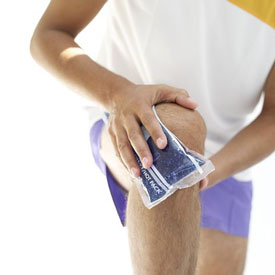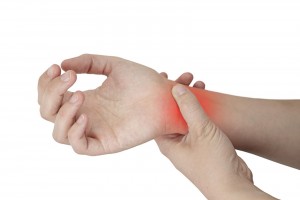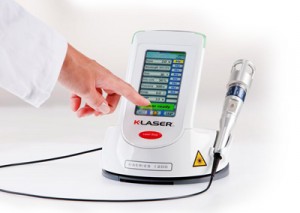 When using technology on a daily basis we need to be vigilant in not only how we use technology, but for how long a period we interact with the device. Here are some injuries – mainly in the form of repetitive stress injuries that are caused by our smart phones and tablets.
When using technology on a daily basis we need to be vigilant in not only how we use technology, but for how long a period we interact with the device. Here are some injuries – mainly in the form of repetitive stress injuries that are caused by our smart phones and tablets.
Selfie Elbow – Just like tennis elbow, this is a simple overuse injury caused by extending and twisting your arm and wrist when taking a selfie.
Text Claw – Text claw is caused by over use when texting and typing. The result of text claw is pain, soreness, numbness, and the loss of strength in your wrist. This condition is left untreated, it can lead to tendonitis.
iPad Hand – This ailment involves both hands – the hand that is used to steady or hold the tablet can suffer from painful symptoms, and pins and needles, as well as, the other hand, where the extended index finger is used for repetitive and prolonged scrolling, emailing etc.
Texting Thumb – Texting Thumb is a repetitive stress injury that affects the thumb and can also lead to a decrease in grip strength and range of motion. The thumb is good at gripping, but does not have the muscles or the mechanics to support constant typing.
Text Neck – Text neck is the term used to describe the neck pain sustained from looking down at your wireless devices too frequently and too long. Text neck causes chronic pain to the shoulders, and upper and mid back area.
How To Minimize Tech Injuries:
- Take frequent breaks: Try setting an alarm every 40 minutes so that you can stand up, stretch, and move around.
- Hold your device at eye level: All screens—laptops, computers and tablets should also be positioned so the screen is at eye level and you don’t have to bend your head forward or look down to view it.
- Use the 20/20/20 rule: Take an eye break every 20 minutes for 20 seconds to look away from the screen and about 20 feet ahead.
- Ice: Place ice on the area twice a day for 10 to 15 minutes.
- Anti-Inflammatory Relief: Take an anti-inflammatory to reduce inflammation.
- Wrist Brace: Sometimes the support of a brace can help to alleviate the pain while supporting your wrist.
If you suffer from any of these injuries, please contact your health care practitioner. The treatment for any type of soft tissue injury can include massage, physiotherapy, chiropractic, and acupuncture.







